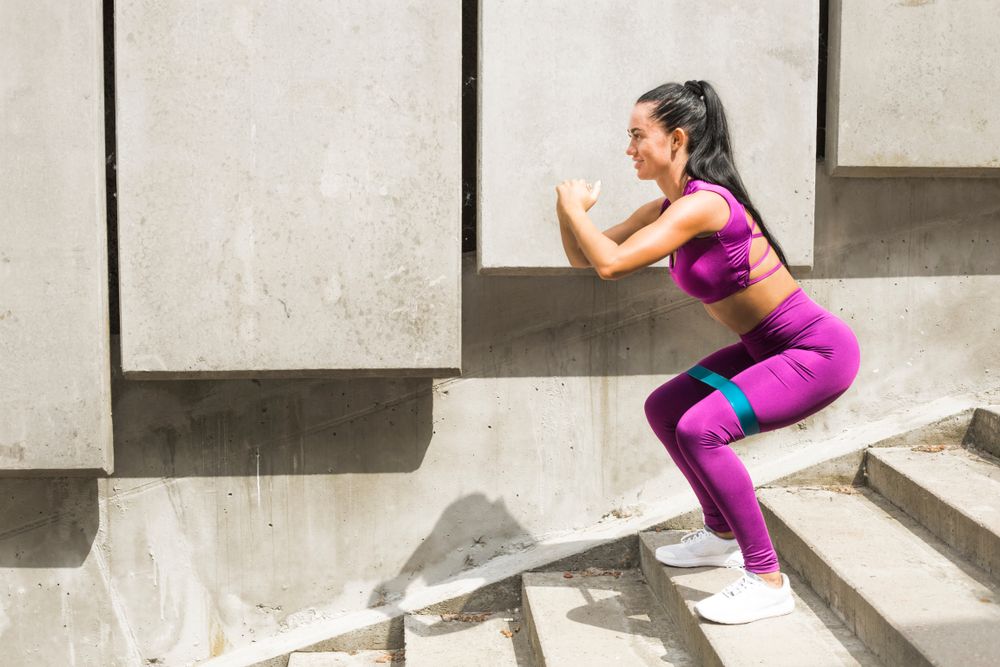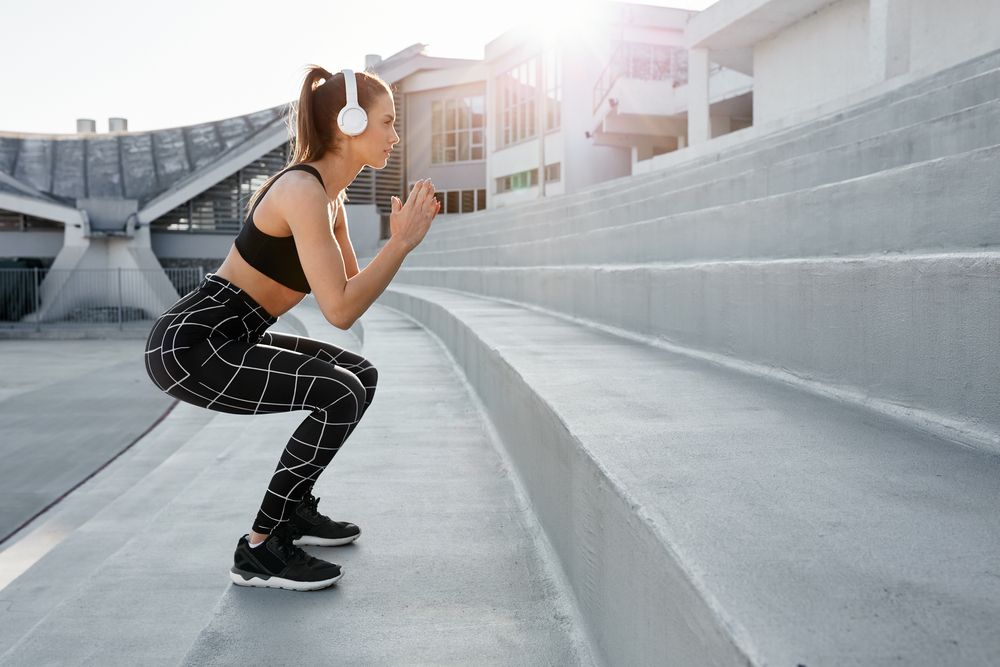
If you're looking to build serious leg muscle, "surrender squats" might be your new go-to exercise. Strong legs are crucial for everyday activities, maintaining balance, and excelling in your fitness routine. They also help improve posture and reduce the risk of injuries. It’s no wonder this lower-body move has gained a loyal following for its ability to sculpt strong, muscular legs.
We spoke with an expert who explains everything you need to know about surrender squats, including their benefits and how to perform them with perfect form for maximum results.
What Are Surrender Squats?
"Surrender squats involve transitioning from a standing position to a kneeling position while keeping your hands placed behind your head," explains Steve Stonehouse, NASM CPT and director of education for Body Fit Training.
How To Do It:
- Begin standing with your hands behind your head and chest tall.
- Bend your right knee.
- Press your hips back and down.
- Gently lower your left knee and then your right knee to the floor so you're kneeling.
- Step your right foot forward, press through that keep, and squeeze your glutes to rise back up.
- Step your left foot in to return to standing.
In order to complete the exercise with proper form, Stonehouse recommends slowly lowering yourself to the floor so you don't experience a knee injury. Keep your abs braced and your chest tall so your form doesn't falter and you don't strain your back.
Why Are Surrender Squats Effective in Building Leg Strength?
Surrender squats are no joke—your legs will definitely feel the burn! TikTok user Shiran Carter humorously captures their intensity in a video of herself performing surrender squats with a dumbbell, saying, "They're called surrenders because you have to surrender your quads to the devil by the end of the set."
Steve Stonehouse, NASM CPT and director of education for Body Fit Training, explains, "Each rep challenges one leg at a time, making it a more advanced variation of the traditional squat and an excellent exercise for building leg strength. You'll feel the burn in your quads and glutes, and it also requires greater core engagement since your hands are behind your head. Keeping your posture upright and avoiding leaning forward as you move from standing to kneeling is key."

